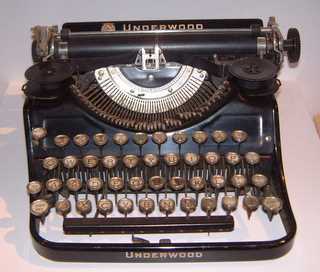Road Bad Boy 1: Kerouac, On the Road
by Dr. H - October 21st, 2015
 For the next three class sessions we are discussing Kerouac’s iconic road trip novel, On the Road.
For the next three class sessions we are discussing Kerouac’s iconic road trip novel, On the Road.
Thurs 10/22 – Part One
Tues 10/27 – Part Two
Thurs 10/29 – Parts Three & Four – see revised schedule, above
You’ll be analyzing the novel as a historical (not just a fictional / literary) text, and [possibly] choosing some aspect of it to write about for your History Lab #4
Some helpful links:
Music mentioned in the text: Lullaby of Birdland, Slim Gaillard, 1940s “bebop jazz” e.g. Dizzy Gillespie, Dexter Gordon & Wardell Gray “The Hunt.”
Gilbert Millstein’s book review of On the Road in the New York Times, 5 Sept 1957
Various NPR stories about the novel & its mystique
Interactive maps for the novel
A “beat-obsessed” blog called The Daily Beat
“In the Kerouac Archive,” Atlantic, Nov 1998
Excerpts from JK’s journals, edited by Douglas Brinkley, published in the New Yorker, June 1998
Local interest in Lowell – Kerouac memorial walks and events in his own hometown
(photo of Jack Kerouac’s Underwood typewriter courtesy of The Lone Cypress blog)


 On Tuesday 10/6, please meet (with your laptops) in the Student Center Blue Lounge, instead of in our regular classroom. I’ll collect your History Lab #2 paper there. We will learn about some of the online library resources from the library director, Matt Bejune, and you’ll choose one on a course-related topic for the
On Tuesday 10/6, please meet (with your laptops) in the Student Center Blue Lounge, instead of in our regular classroom. I’ll collect your History Lab #2 paper there. We will learn about some of the online library resources from the library director, Matt Bejune, and you’ll choose one on a course-related topic for the 
 Tues 9/15 Workshop: How to Read Wikipedia.
Tues 9/15 Workshop: How to Read Wikipedia.